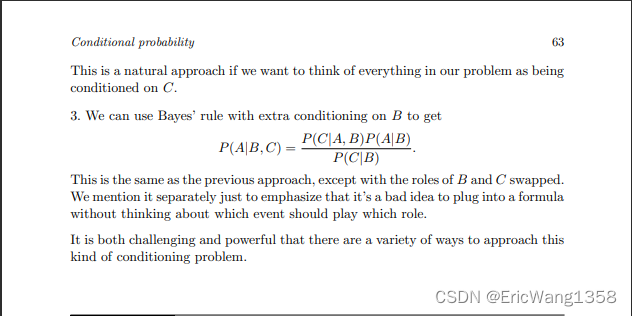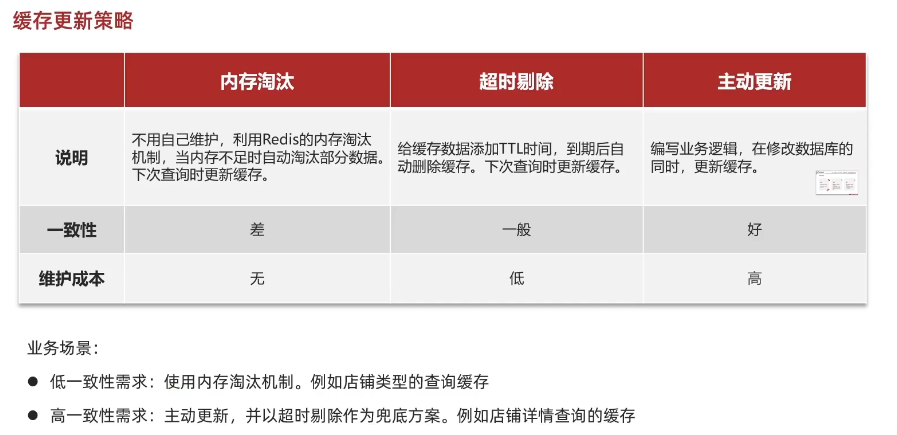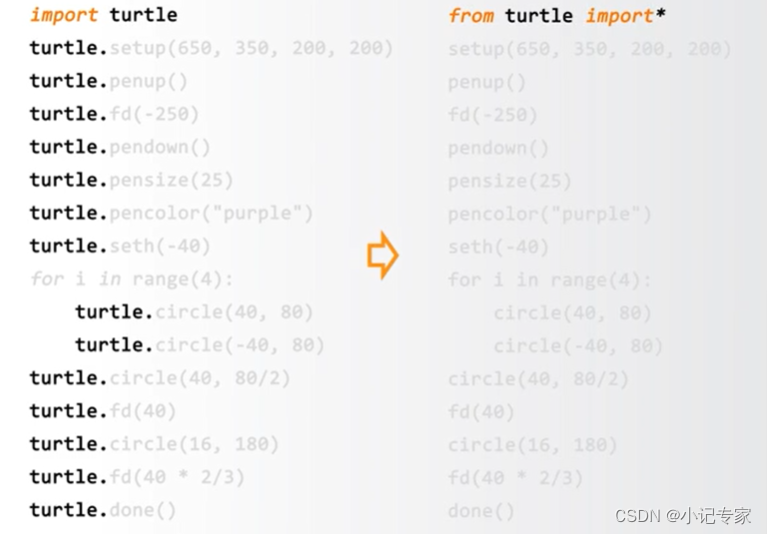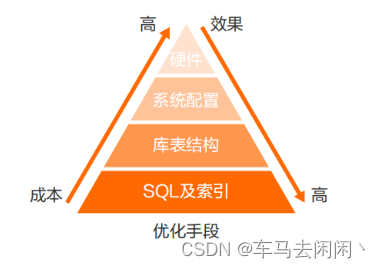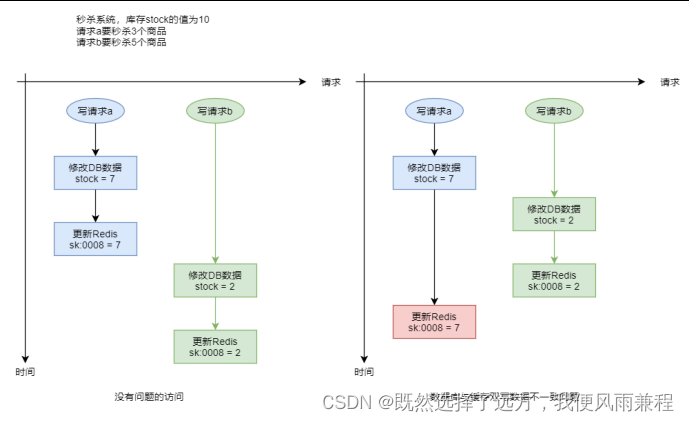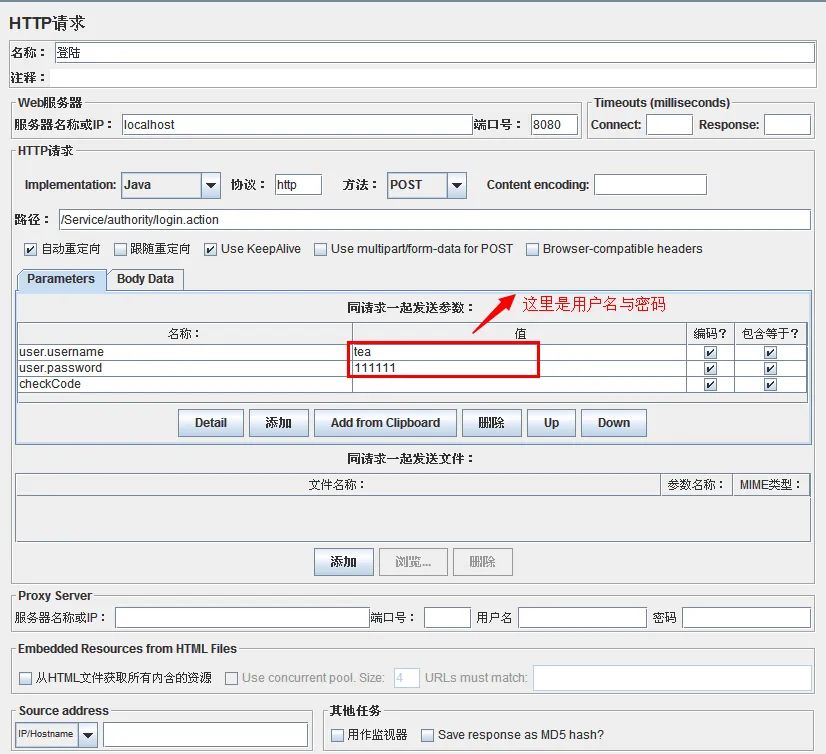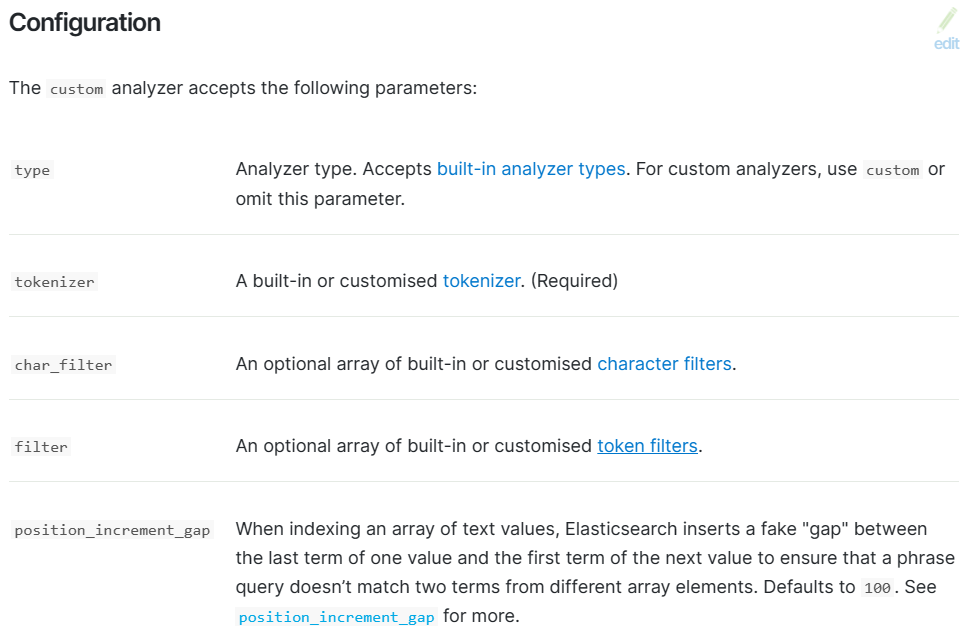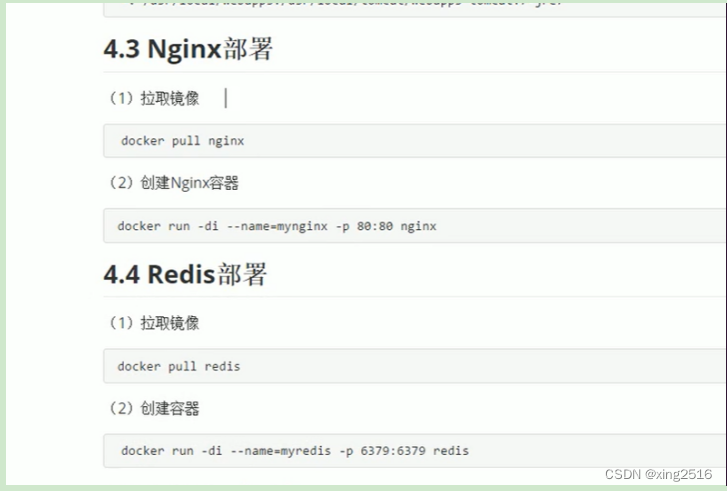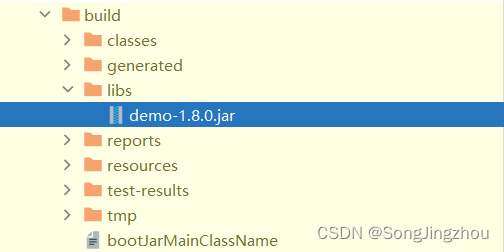When we condition on an event E, we update our beliefs to be consistent with this knowledge, effectively putting ourselves in a universe where we know that E occurred. Within our new universe, however, the laws of probability operate just as before. Conditional probability satisfies all the properties of probability!
 Notice: When we write P(A|E), it does not mean that A|E is an event and we’re taking its probability; A|E is not an event. Rather, P(·|E) is a probability function which assigns probabilities in accordance with the knowledge that E has occurred, and P(·) is a different probability function which assigns probabilities without regard for whether E has occurred or not. When we take an event A and plug it into the P(·) function, we’ll get a number, P(A); when we plug it into the P(·|E) function, we’ll get another number, P(A|E), which incorporates the information (if any) provided by knowing that E occurred.
Notice: When we write P(A|E), it does not mean that A|E is an event and we’re taking its probability; A|E is not an event. Rather, P(·|E) is a probability function which assigns probabilities in accordance with the knowledge that E has occurred, and P(·) is a different probability function which assigns probabilities without regard for whether E has occurred or not. When we take an event A and plug it into the P(·) function, we’ll get a number, P(A); when we plug it into the P(·|E) function, we’ll get another number, P(A|E), which incorporates the information (if any) provided by knowing that E occurred.

Conversely, all probabilities can be thought of as conditional probabilities: whenever we make a probability statement, there is always some background information that we are conditioning on, even if we don’t state it explicitly.
To summarize our discussion in a nutshell:
Conditional probabilities are probabilities, and all probabilities are conditional.
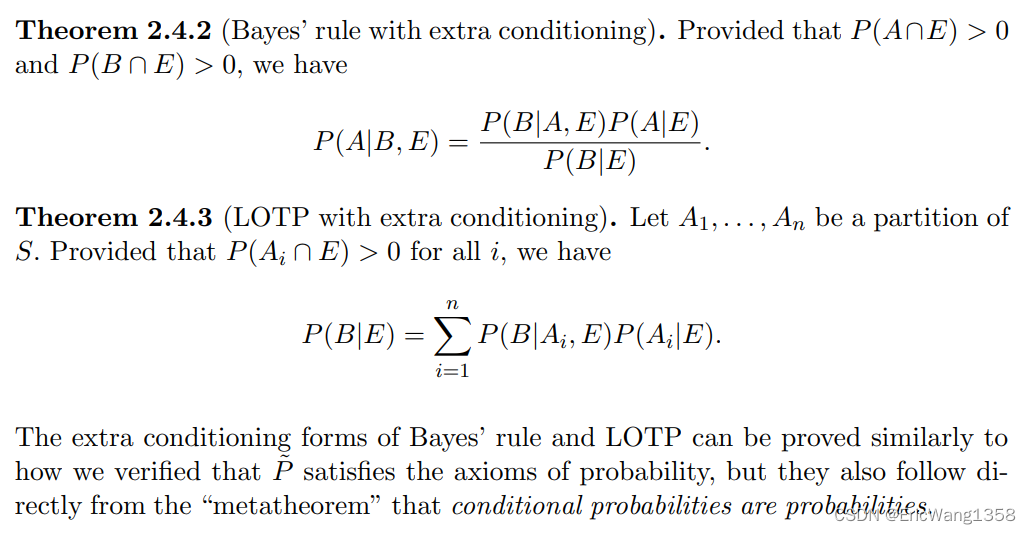
(Unanimous agreement) 一致同意
There are n judges deciding a case. The suspect has prior probability p of being guilty. Each judge votes whether to convict or acquit the suspect. With probability s, a systemic error occurs (e.g., the defense is incompetent). If a systemic error occurs, then the judges unanimously vote to convict (i.e., all n judges vote to convict). Whether a systemic error occurs is independent of whether the suspect is guilty. Given that a systemic error doesn’t occur and that the suspect is guilty, each judge has probability c of voting to convict, independently. Given that a systemic error doesn’t occur and that the suspect is not guilty, each judge has probability w of voting to convict, independently. Suppose that
(a) For this part only, suppose that exactly k out of n judges vote to convict, where k < n. Given this information, find the probability that the suspect is guilty
(b) Now suppose that all n judges vote to convict. Given this information, find the probability that the suspect is guilty.

